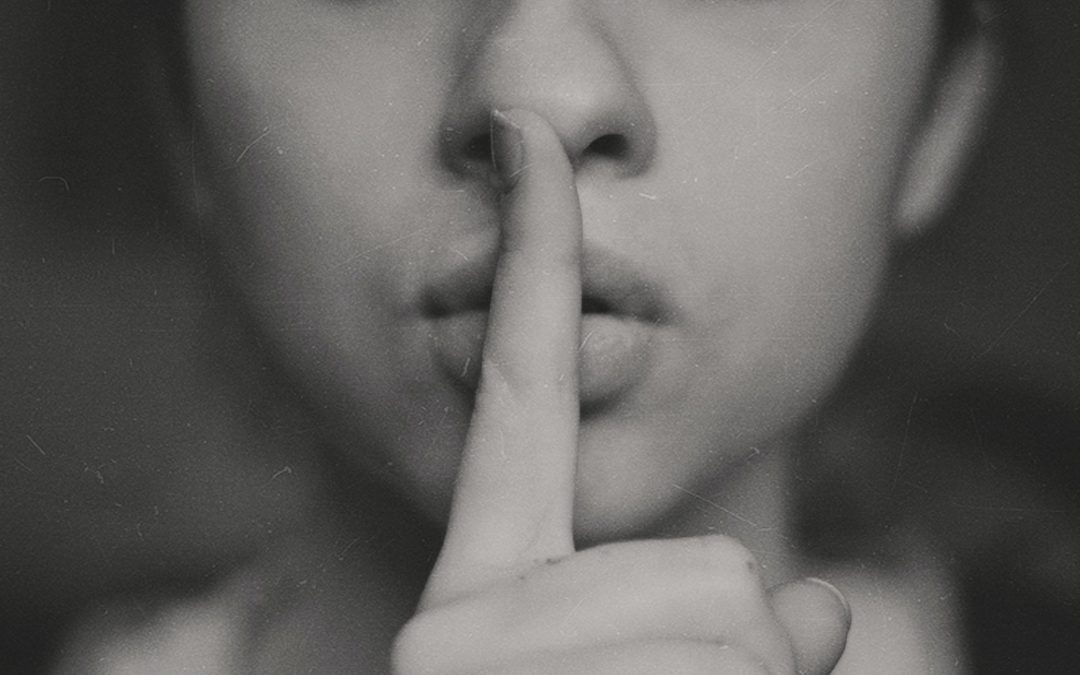If you record a meeting or conversation about your children, without people being aware you’re recording them, can you then produce and rely on that recording as part of your evidence to a family court?
This is a question that has been hanging around for several years now, but the Family Justice Council (FJC) have finally published their guidance ‘Covert recordings in family law proceedings concerning children’. As you might expect, the answer is ‘it depends’ – but the full document includes a helpful two-page guide in plain English for the public and litigants in person (LiPs) which we’ve uploaded here, as well as more detailed legal information for professionals in the longer 58-page document.
[UPDATE 4 June 2025: We recommend this new blog post by data protection expert Jon Baines ‘Covert recordings in family law proceedings – some slightly flawed guidance’ which raises a number of questions about the accuracy of the sections in the FJC guidance on data protection law.]
In a nutshell …
The guidance recognises that parties in family court proceedings may (rightly or wrongly) feel that an audio or video recording of, for example, another party’s behaviour, or what a social worker told them in a meeting, could help them with their arguments in court. Especially now it’s so easy to record on a phone, without others in the room, or at the other end of a call, knowing.
If a party does want to use such a recording, the court will make a decision on whether it will be accepted as part of the evidence, based on:
- The welfare of the child
- Privacy rights and interests of the people recorded
- The overall rules of what is ‘admissible’ in evidence.
Comment
Historically, case law in various types of court suggested that a party who tried to submit a ‘covert’ recording didn’t do themselves any favours, so it’s good to see – at last – a modern approach now being set out.
At The Transparency Project, we were first asked for our views on covert recording back in 2015, before the FJC began work in 2017. We responded to a FJC consultation on a draft in 2022 and we’ve regularly asked to be updated as to when they were going to issue the guidance.
We’d earlier done some research on LA policies on whether they allowed meetings with social workers to be recorded and wrote our own guidance on that aspect in 2015 but we withdrew this when data protection law changed in 2018 and because the FJC guidance was expected to come out shortly which we didn’t want to duplicate. Nevertheless, our 2015 guide is still quoted in this new guidance because it was discussed in a guide published by Nagalro in 2019, ‘Guidance on Recording Meetings between a Practitioner and Client and Template Letters’ which is reproduced in full as an Appendix. We want to clarify that what we wrote ten years ago was primarily about ‘overt’ recording i.e. open recordings and that we haven’t revisited that topic since then, because we had been repeatedly told that the FJC guidance was imminent.
The new guidance emphasises the ‘inherent intrusion’ on individuals’ privacy if they are secretly recorded and, rightly, is clear that involving children in such a practice is likely to be contrary to their welfare.
It also queries the application of data protection law, and we’re rather puzzled by these paragraphs –
2.8 If a covert recording is shared with another person or professional body, this will
amount to a further processing of the data and will require a lawful basis under the UK
GDPR.7 Failure to process this without a lawful basis would be a breach of the DPA
2018 and the UK GDPR.
2.9. Given the confusion as to the lawfulness of these types of recordings, and yet the
prevalence with which they are made and increasingly utilised in litigation, further
clarity, or guidance from the ICO, with reference to examples, would be welcome.
The guidance states as para 4.39 that there is no automatic bar to admissibility of evidence that has been improperly or illegally obtained, although questions of compliance and legality may be relevant. This means that the person recording should consider whether their actions are necessary and proportionate. If the recording is unlawfully made by a public body, it might still be admissible in court but that would not protect the public body from any consequences of having committed a breach. None of these quite complex points are addressed in the summary for LiPs.
Conclusion
While we think the guidance could be clearer on questions of whether a secret recording might be lawful or not, it looks helpful for a party who’s made a recording to weigh up the potential value and risks of asking a family court to consider it as evidence.
The FJC is trying to discourage the use of covert recording of meetings and conversations with professionals by encouraging organisations to develop transparent policies on allowing recording, consistent with this new guidance. That is something that we encouraged when we published our guidance in 2015. Covert recording of children is seen as likely to be harmful, while every decision about whether a recording can be relied upon in court will depend on the individual facts in the case.
We have a small favour to ask!
The Transparency Project is a registered charity in England and Wales run by volunteers who mostly also have full-time jobs. We’re working to secure extra funding so that we can keep making family justice clearer for all who use the court and work in it. We’d be really grateful if you were able to help us by making a small one-off (or regular!) donation through our Just Giving page.
